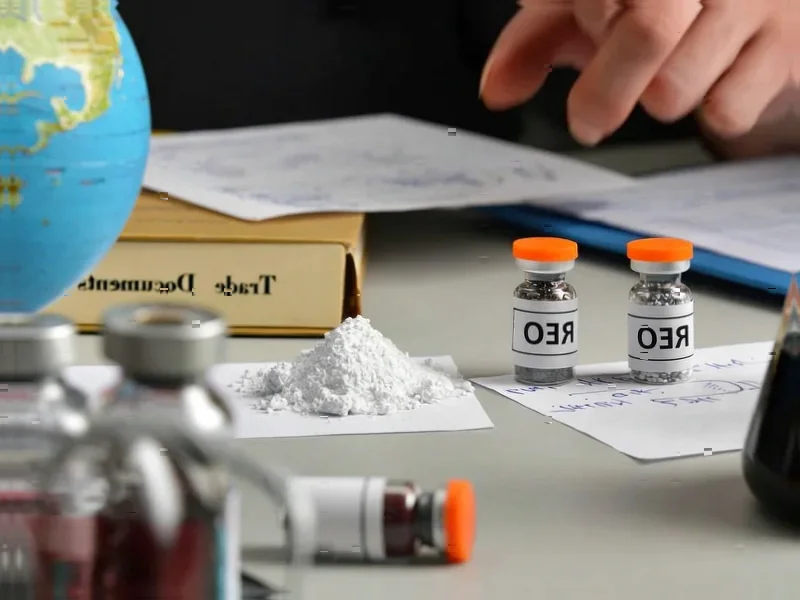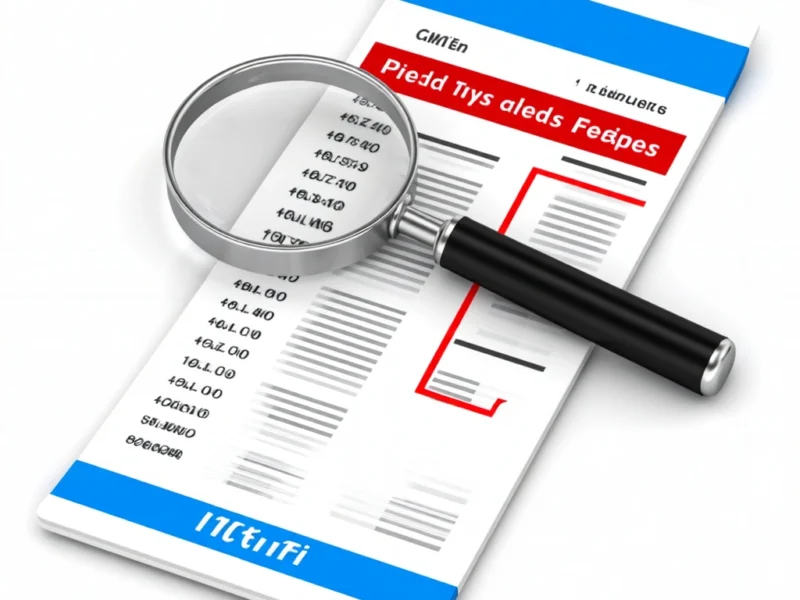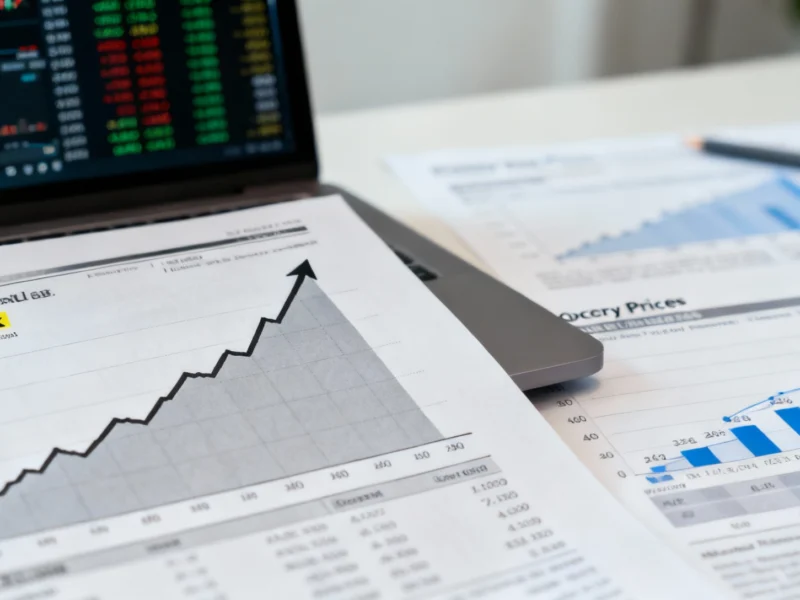According to Financial Times News, US tariffs have reached their highest levels since before World War II, effectively hitting over 17% on foreign goods. President Trump has imposed specific tariffs including 25% on autos and parts, 50% on metals, and 20% on all Vietnamese imports, which directly impacts companies like Nike expecting $1.5 billion in costs through 2025. Automakers Ford, Stellantis and GM are facing billions in tariff impacts despite lowering initial estimates. The uncertainty is compounded by a pending Supreme Court case that will rule on Trump’s use of emergency powers for these tariffs before year-end. Meanwhile, companies are striking individual deals – Apple committed to $100 billion more in US investment, Pfizer got a three-year tariff reprieve after cutting drug prices, and AstraZeneca promised $50 billion in US manufacturing by 2030.
The planning nightmare
Here’s the thing about Trump‘s approach – it’s creating absolute chaos for corporate planning. Companies can’t make billion-dollar investment decisions when the rules might change next month. Trump tore up deals he himself signed with Canada and Mexico, then abruptly halted talks aimed at fixing the mess. It’s like trying to build a house while someone keeps moving the foundation. William Reinsch at CSIS nailed it when he said this uncertainty is “bad for trade, bad for investment, bad for companies on both sides of the border.” Basically, nobody knows what’s coming next, and that’s terrible for business.
Who’s getting hit hardest
The auto industry is taking a massive beating here. These companies have spent decades building complex supply chains across North America, and suddenly they’re facing 25% tariffs on parts moving between countries. Ford, GM, Stellantis – they’re all looking at billions in added costs. And Nike’s situation shows how global supply chains are vulnerable too. More than half their footwear comes from Vietnam, which now faces 20% tariffs. Matthew Friend called it a “new and meaningful cost headwind” – corporate speak for “this is going to hurt.”
The art of the deal, corporate edition
What’s fascinating is how companies are adapting. Trump has created this bizarre marketplace where protection from tariffs is the new currency. He’s basically saying “invest here, and I won’t tax your imports.” Apple’s Tim Cook got his carve-out after promising $100 billion more in US investment. Pfizer and AstraZeneca are playing the same game – cut drug prices, promise massive US manufacturing investments, and get your tariff protection. It’s ad-hoc dealmaking on a massive scale. But here’s the question: is this sustainable? What happens to companies that can’t afford these massive investment promises?
The Supreme Court wild card
The biggest unknown is that Supreme Court case. If they rule against Trump’s use of emergency powers, the whole tariff structure could collapse. He’d have to find other legal methods to keep these levies in place. But even if he loses, the sector-specific tariffs using national security laws would remain. So we’re looking at partial relief at best. The ruling expected before year-end will either validate Trump’s approach or send him back to the drawing board. Either way, companies are stuck in this limbo until then, trying to plan for multiple possible futures simultaneously. Not exactly the stable environment you want when making decade-long investment decisions.




